Product knowledge
HomeProduct knowledge
Click:Release date:2023/3/8
According to the introduction of the plywood manufacturer, plywood is a three-layer or multiple-layer plate-like material made of wood segments peeled into veneer or wood planing into veneer, and then glued with adhesive. Generally, it is made of odd layers of veneer, and the fiber directions of the adjacent layers of veneer are perpendicular to each other.
Plywood is one of the most commonly used materials for furniture, one of the three major wood-based panels, and can also be used as materials for aircraft, ships, trains, cars, construction and packaging. A group of veneers is generally made by gluing vertically with each other in the direction of the grain of the adjacent layers. Generally, the surface and inner layers are symmetrically arranged at the two ends of the central layer or the core, and the glued veneers are used to form the slab crosswise in the direction of the grain, It is formed under the condition of heating or not heating. The number of layers is generally odd, and a few are even. The physical and mechanical properties in the vertical and horizontal directions have little difference.
The commonly used plywood types include plywood, plywood, and so on. Plywood can advance wood and improve the utilization rate of plywood, which is a primary way to save wood.
Now, due to the different sizes of logs, the furniture boards sometimes need to be spliced. Today, let the plywood manufacturer introduce the problems and treatment methods when splicing the plywood.
One is that the seam is found to be too tight or too loose after splicing. This problem is mainly caused by the improper adjustment of the feeding pinch roll of the seam sewing machine. In this case, we only need to adjust a pair of conical pinch rolls under the work table of the seam sewing machine to make it suitable.
The second common occurrence is that the ends of the assembled veneers are not aligned. This situation is mainly caused by improper splicing operation. The ends of the two veneers are not aligned or the veneers are not rectangular when the veneers are aligned when feeding on the longitudinal adhesive splicing machine. In this case, it is required to know that there should be a benchmark when the veneers are aligned, and the veneers cannot be cut into parallelogram.
The third situation is that the adhesive tape is not firmly pasted after the plywood splicing, resulting in the unstrength. This situation occurs because the adhesive tape is not sufficiently wet, the temperature of the heating roller of the plywood manufacturer's splicing machine is too high or too low, and the pressure of the upper rolling rod is not allowed. The treatment method and simplicity are to fully wet the adhesive tape with water, check the heating roller, and increase the compression force of the upper rolling rod.
Plywood is a widely used panel product in modern times. Plywood manufacturers are here to help you sort out the purchase of plywood. Plywood manufacturers suggest to follow the following points so that you can choose the desired products.
Plywood boards with clear grain, smooth front and no rough feeling should be selected. Pay attention to the similar grain and color of the boards, which will make them more beautiful. The surface of the plywood should be free of defects such as hard, bruise, scab and damage. Pay attention to whether the boards are rotten or deteriorated.
Observe from the side to see if the plate is degummed, and the method to detect whether the splint is loose is to hit each part of the plate by hand. The sound is crisp, which proves that the quality is good, and the sound is dull, which indicates that the splint is loose. Pay attention to the tightness of the joint of the splint and the absence of unevenness.
The production methods of plywood are generally those of Linyi plywood manufacturers, dry method and dry and wet method. The single harmony and wet method refers to the monotonous or wet veneer veneer with glue pressure, and the cold and hot method refers to the hot pressing or cold welding.
Defects of wet heat production: due to the high moisture content of veneer, long hot pressing time and low production rate, the internal stress is large, simple warping deformation and low adhesive strength occur due to the wet heat method.
The defects of the dry process are: due to the long tightening time, the production cycle of plywood is longer, which is more suitable for small enterprises to produce, and the dry heat production: this is a spin-cut veneer. After monotony, the moisture content of the veneer is between~, and the blank is pressed into the plate during hot pressing. The production characteristics of this method are: high temperature bonding, short time, large output, high bonding strength, good product quality, smooth and smooth surface, and not easy to deform, Suitable for all types of adhesives.
Plywood is one of the most commonly used materials for furniture, one of the three major wood-based panels, and can also be used as materials for aircraft, ships, trains, cars, construction and packaging. A group of veneers is generally made by gluing vertically with each other in the direction of the grain of the adjacent layers. Generally, the surface and inner layers are symmetrically arranged at the two ends of the central layer or the core, and the glued veneers are used to form the slab crosswise in the direction of the grain, It is formed under the condition of heating or not heating. The number of layers is generally odd, and a few are even. The physical and mechanical properties in the vertical and horizontal directions have little difference.
The commonly used plywood types include plywood, plywood, and so on. Plywood can advance wood and improve the utilization rate of plywood, which is a primary way to save wood.
Now, due to the different sizes of logs, the furniture boards sometimes need to be spliced. Today, let the plywood manufacturer introduce the problems and treatment methods when splicing the plywood.
One is that the seam is found to be too tight or too loose after splicing. This problem is mainly caused by the improper adjustment of the feeding pinch roll of the seam sewing machine. In this case, we only need to adjust a pair of conical pinch rolls under the work table of the seam sewing machine to make it suitable.
The second common occurrence is that the ends of the assembled veneers are not aligned. This situation is mainly caused by improper splicing operation. The ends of the two veneers are not aligned or the veneers are not rectangular when the veneers are aligned when feeding on the longitudinal adhesive splicing machine. In this case, it is required to know that there should be a benchmark when the veneers are aligned, and the veneers cannot be cut into parallelogram.
The third situation is that the adhesive tape is not firmly pasted after the plywood splicing, resulting in the unstrength. This situation occurs because the adhesive tape is not sufficiently wet, the temperature of the heating roller of the plywood manufacturer's splicing machine is too high or too low, and the pressure of the upper rolling rod is not allowed. The treatment method and simplicity are to fully wet the adhesive tape with water, check the heating roller, and increase the compression force of the upper rolling rod.
Plywood is a widely used panel product in modern times. Plywood manufacturers are here to help you sort out the purchase of plywood. Plywood manufacturers suggest to follow the following points so that you can choose the desired products.
Plywood boards with clear grain, smooth front and no rough feeling should be selected. Pay attention to the similar grain and color of the boards, which will make them more beautiful. The surface of the plywood should be free of defects such as hard, bruise, scab and damage. Pay attention to whether the boards are rotten or deteriorated.
Observe from the side to see if the plate is degummed, and the method to detect whether the splint is loose is to hit each part of the plate by hand. The sound is crisp, which proves that the quality is good, and the sound is dull, which indicates that the splint is loose. Pay attention to the tightness of the joint of the splint and the absence of unevenness.
The production methods of plywood are generally those of Linyi plywood manufacturers, dry method and dry and wet method. The single harmony and wet method refers to the monotonous or wet veneer veneer with glue pressure, and the cold and hot method refers to the hot pressing or cold welding.
Defects of wet heat production: due to the high moisture content of veneer, long hot pressing time and low production rate, the internal stress is large, simple warping deformation and low adhesive strength occur due to the wet heat method.
The defects of the dry process are: due to the long tightening time, the production cycle of plywood is longer, which is more suitable for small enterprises to produce, and the dry heat production: this is a spin-cut veneer. After monotony, the moisture content of the veneer is between~, and the blank is pressed into the plate during hot pressing. The production characteristics of this method are: high temperature bonding, short time, large output, high bonding strength, good product quality, smooth and smooth surface, and not easy to deform, Suitable for all types of adhesives.
- Characteristics of building template
- What are the key points of correct maintenance of birch plywood in modern decoration
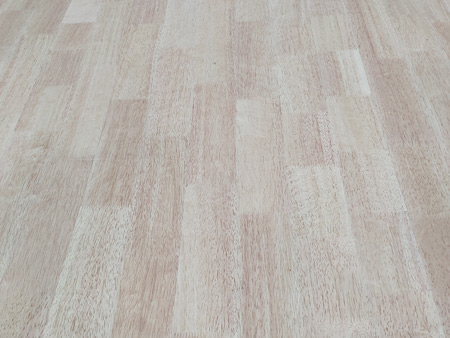
Rubber wood surface bottom plywood
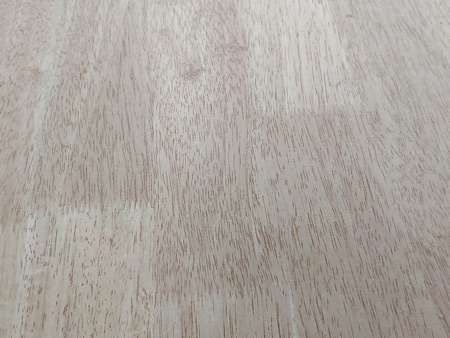
Tooth joint planing rubber wood plywood
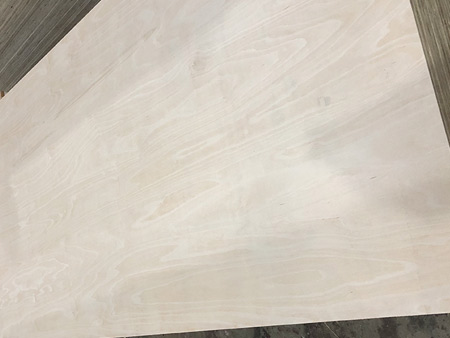
Osmanthus fragrans
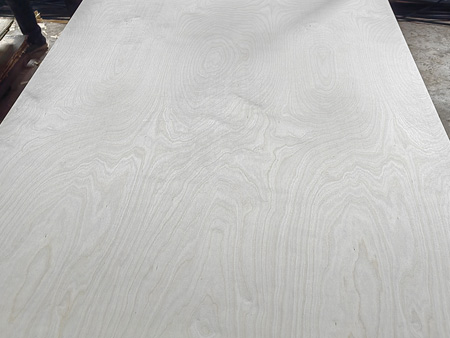
All birch CC grade plywood
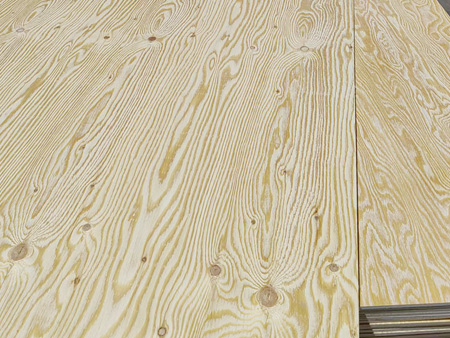
Larch plywood
- Precautions for building formwork laying
- Storage requirements for building formwork
- What are the specifications and uses of plywood
- What are the precautions for winter construction of building formwork?
- What are the key points of correct maintenance of birch plywood in modern decoration
- Splicing problem and manufacturing method of plywood veneer
- Characteristics of building template
- Reasons for deformation of building formwork
Navigation
Contact us
- Linyi Xuanjie Trading Co., Ltd.
- 86 15910178693
- 86 14705390366
- 6/F, Unit 1, Building 1, Guanya Shangcheng, Linyi Economic Development Zone, Linyi City, Shandong Province China








